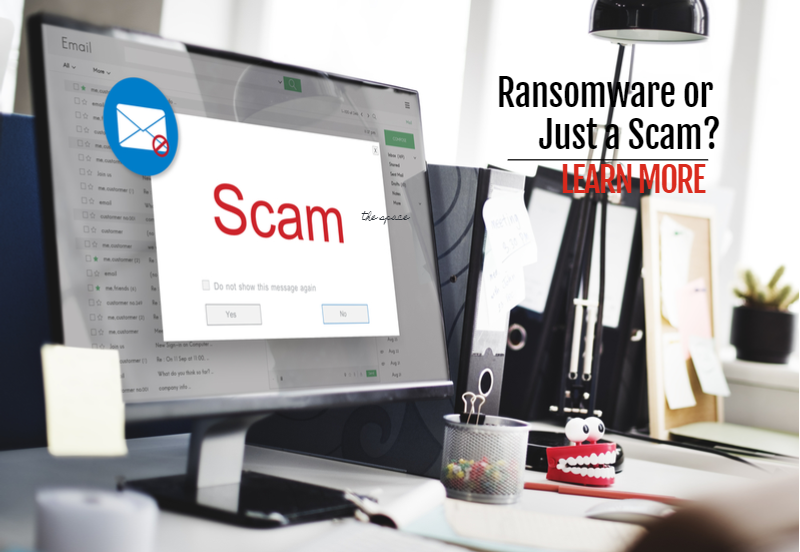
Few computer problems are as severe, or as terrifying, as a ransomware infection. One moment you are going about your business, surfing the web, reading your email, and the next your files are locked.
When that ransomware message appears on your computer screen, your first impulse is probably to panic. But before you freak out and start looking for your wallet, there are a few things you need to do first.
Some ransomware infections are as dangerous and devastating as they seem. Well-publicized ransomware attacks have taken down networks at hospitals and even delayed surgeries. They have locked vital files at major corporations and interrupted work for untold thousands of employees. They have forced millions of ordinary users to cough up tens of millions of dollars to get their files back (sometimes successfully and sometimes not).
Other purported ransomware infections are much less than they appear to be. Some supposed ransomware attacks are nothing more than a simple pop-up, curable with the click of a mouse.
The Ransomware Message: Is It Real?
So how do you know if the ransomware message on your computer screen is real, or if you can safely ignore it? There are a few telltale signs that distinguish an actual ransomware attack from its frightening but much less dangerous counterpart, and most importantly, how to prevent ransomware.
The first thing you should do when you see a ransomware message is to take a picture of it. Just grab your camera or smartphone and record the message on your screen. If it does turn out to be a ransomware attack, the screenshot can provide crucial evidence to the police. If it turns out to be benign, you can share the message and spread the word about the scam.
Once you have documented the ransomware message, try to close your browser window, including the pop-up. If the browser refuses to close, then hold the Ctrl, Alt and Del keys down at the same time. That should bring up Task Manager, and from there you should be able to highlight the browser, i.e., Firefox, Chrome, etc., right-click and choose End Task to close it.
If your computer still does not respond and you cannot navigate off the screen, you probably have a screen locking form of ransom-ware. While not entirely benign, this sort of ransomware is typically not as devastating as the kind that encrypts your files and holds them for ransom.
Your Ransomware Infection And Next Steps
Screen locking ransomware often comes paired with a scary message saying that you owe money to the IRS, or that the FBI has detected porn on your computer. These are designed to frighten you into paying a ransom, but don’t be fooled.
If your browser closes normally, you should next try to open a few files. The more serious, encryption type of ransomware will probably not let you access your photos, documents, and other files. Just pick a few files and folders at random and try to open them. If you succeed, then run your antivirus and antimalware scans to make sure you are clear. If the files appear to be locked, it is time to pull out your backup files and contact a computer expert for assistance.
If your files open without incident and you can navigate around your computer screen, you are probably in the clear. That scary-looking message on your computer screen was likely nothing more than a scam, one designed to separate you from your money. Once again, you should run a full scan for viruses and other malware and make sure your definitions are up to date. When done, pull up the photo you took earlier and spread the word about the latest ransomware scam.
Contact Bleuwire™ to learn about services and solutions – how to protect yourself from ransomware.





